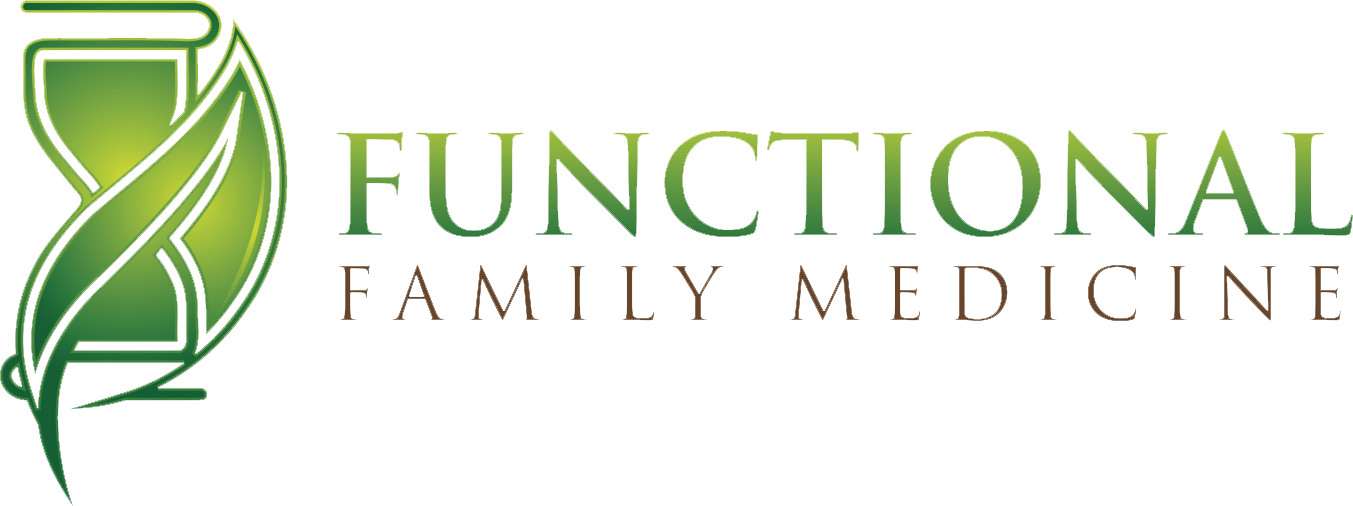As women approach midlife, they often encounter a significant biological transition known as menopause. This natural process marks the end of menstruation and fertility, typically occurring around the age of 50, though it can vary widely among individuals. However, the journey to menopause isn’t sudden; it begins with perimenopause, a transitional phase that can span several years.
Understanding Menopause and Perimenopause
Menopause itself is defined as the cessation of menstrual periods for at least 12 consecutive months. During this time, the ovaries gradually decrease hormone production, particularly estrogen and progesterone, leading to various physical and emotional changes.
Perimenopause, on the other hand, is the stage leading up to menopause. It can start several years before menopause and is characterized by irregular menstrual cycles and fluctuating hormone levels. Women may experience symptoms such as hot flashes, night sweats, mood swings, and changes in menstrual flow during perimenopause.
Signs and Symptoms
The signs and symptoms of both menopause and perimenopause can vary widely among women, but some common complaints include:
- Hot flashes and night sweats: Sudden feelings of heat and sweating, often accompanied by flushing.
- Sleep disturbances: Difficulty falling asleep or staying asleep, which can contribute to fatigue.
- Mood changes: Increased irritability, mood swings, and anxiety.
- Vaginal dryness and painful intercourse: Decreased estrogen levels can lead to vaginal dryness and discomfort during sex.
- Weight gain: Changes in hormone levels can contribute to increased abdominal fat.
- Low libido: Decreased sex drive is a common complaint during menopause.
- Memory problems: Some women report difficulty with memory and concentration.
Hormone Therapy Options
For women experiencing severe symptoms, hormone therapy (HT) can be a valuable treatment option. Hormone therapy aims to supplement the declining hormone levels with estrogen alone (ET) for women who have had a hysterectomy, or a combination of estrogen and progesterone (EPT) for those with an intact uterus. This can alleviate many symptoms of menopause and improve overall quality of life.
Women Don’t Have to Suffer
It’s essential for women to understand that they don’t have to endure the discomfort and challenges that often accompany menopause and perimenopause. Seeking guidance from a healthcare provider who specializes in menopause management can make a significant difference. Hormone therapy, when prescribed and monitored appropriately, can effectively manage symptoms such as low libido, fatigue, belly fat, difficulty sleeping, painful intercourse, and weight gain.
Conclusion
In conclusion, menopause and perimenopause are natural phases of a woman’s life, but they can present significant challenges. Understanding the signs and symptoms, as well as available treatment options like hormone therapy, empowers women to take control of their health and well-being. If you or someone you know is struggling with symptoms of menopause or perimenopause, don’t hesitate to reach out for a consultation with a qualified healthcare provider. Contact us today to schedule a hormone consult and start your journey towards a more comfortable and vibrant life.
Navigating menopause is about more than just managing symptoms—it’s about embracing this new phase of life with confidence and vitality.
Contact us for a hormone consult today to learn more about how we can support you through menopause and perimenopause.

